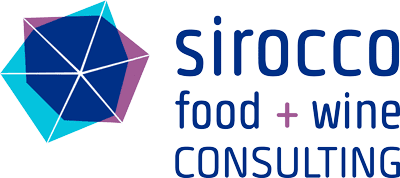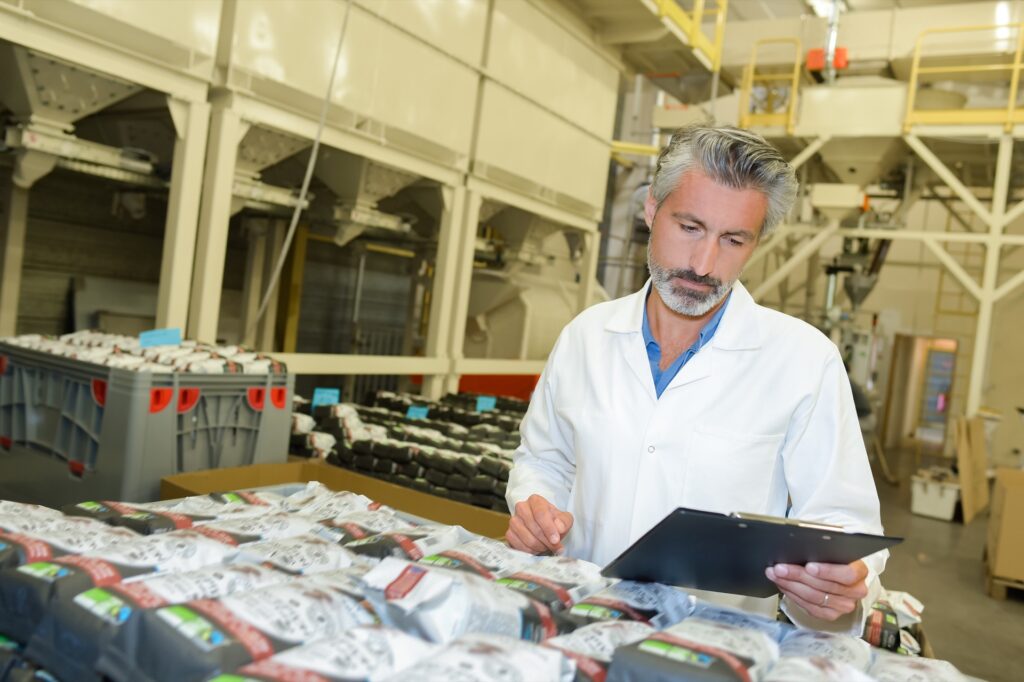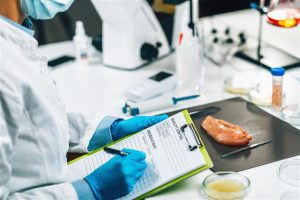Why SQF?
- SQF is a food safety certification standard managed and controlled by the SQFI (Safe Quality Food Institute).
- Worldwide Recognition.
- Promotes Confidence in Food Safety & Quality.
Current SQF Code, Key Changes and Updates
The SQF codes are designed to meet industry, customer, and regulatory requirements for all sectors of the food supply chain. SQF certification demonstrates certified sites’ commitment to a culture of food safety and operational excellence in food safety management. The most recent edition of the SQF Food Safety Code is SQF Code Edition 9. It includes 13 industry-specific codes that provide step-by-step instructions for production and manufacturing sites to become SQF certified. Major changes in SQF Code Edition 9 include:
- Desk audits are no longer required prior to the initial site certification audit.
- Major nonconformance – results in 5 points deductions.
- Remote audit activities are allowed
- Specific code updates and changes:
- Individual standards for processing animal products, animal feed, and pet food.
- The primary production code for farms is now separated into Primary Animal Production (3), Plant Production (2,3,4,5), and Aquaculture (6).
- Food Safety Code for Manufacturing is separated into 5 – Animal Products (7,8,9), Food manufacturing (10-22, 25, 33), Dietary Supplements (31), Pet Food (32), Animal Food (34).
- Pre-packing of product (Module 10) has been removed and is with primary plant products.
- No changes to food retail, foodservice, or fundamentals program.
Top 10 Major Non-Conformities in 2019, 2020
- Food Fraud Program
- Environmental monitoring
- Cleaning and Sanitation
- Food Safety Plan
- Validation and Effectiveness
- Internal Audits and Inspections
- Food Safety Plan Monitoring
- Identified Pest Activity Risk
- Maintenance Program
- Metal Detector Management
Top 10 Minor Non-Conformities
- Food defence plan
- Equipment, utensils, and clothing
- Staff engaged in food handling
- Food fraud program
- Cleaning and sanitation
- Walls, floors and ceilings
- Food safety plan
- Records
- Floors, drains and waste traps
- Management review
 Changes in SQF Code Edition 9.0
Changes in SQF Code Edition 9.0
Requirement for Substitute SQF Practitioner (Clause 2.1.1.4)
Senior Site Management shall designate a primary SQF practitioner and substitute SQF practitioner.
Food Safety Culture (Clause 2.1.1.2)
This is a new requirement for the site’s demonstration of the culture of food safety, including its training, documentation, and other resources made available to employees.
According to GFSI, food safety culture defined as the shared values, beliefs and norms that affect mindset and behaviour toward food safety in, across and throughout an organization. Elements of food safety culture are those elements of the food safety management system which the senior management of a company may use to drive the food safety culture within the company.
Contact Manufacturers: High vs. Low Risk (Clause 2.3.3.2)
Requirements for low-risk contract manufacturers to demonstrate compliance, along with differences between low-risk and high-risk sites.
Internal Testing (Clause 2.4.4.2)
Sites performing internal testing must identify which tests pertain to food safety under SQF Code Edition 9. Internal labs do not have to be accredited to ISO 17025.
Requirements for Changeovers & Label Reconciliation (Clause 2.6.1.2)
SQF Code Edition 9 requires procedures to be in place for handling changeovers in packaging to ensure label reconciliation is maintained, and correct products are packaged in correct packages with the correct labels. Example: allergen mislabelling is one of the most common causes of product recalls. It becomes more important to oversee labelling reconciliation during allergen changeovers.
Ambient Air Testing (Clause 11.7.1.2)
SQF Code Edition 9 reflects requires a risk assessment for potential threats, along with testing as appropriate.
Air Testing Requirements for High-Risk Processes – This requirement focusses on maintaining proper air hygiene in high-risk zones such as RTE areas.
Additional Requirements for Water Testing (Clause 7.6.2.1)
In the Primary Production Code, additional requirements for testing irrigation water have been added based on risk assessment.
Cross Contamination Risks from Tools and Equipment:
Tools, as material handling or cleaning equipment, have the potential to easily become vectors of key contaminants, hence a contaminated tool should be treated like a non-conforming environmental surface that’s capable of creating a food safety hazard. Therefore, cleaning tool maintenance is very critical, and these implemented preventative actions should also be accounted for.
Compressed Air Quality Testing:
A carefully designed and implemented Compressed Air Monitoring Program is required to verify the effectiveness of the facility’s air filtration and air system maintenance.
Source: SQFI (2021)
Author: Varinder Randhawa is a certified SQF auditor and the Founder/Principal of Finite Food Safety Services Ltd.


 Changes in SQF Code Edition 9.0
Changes in SQF Code Edition 9.0


